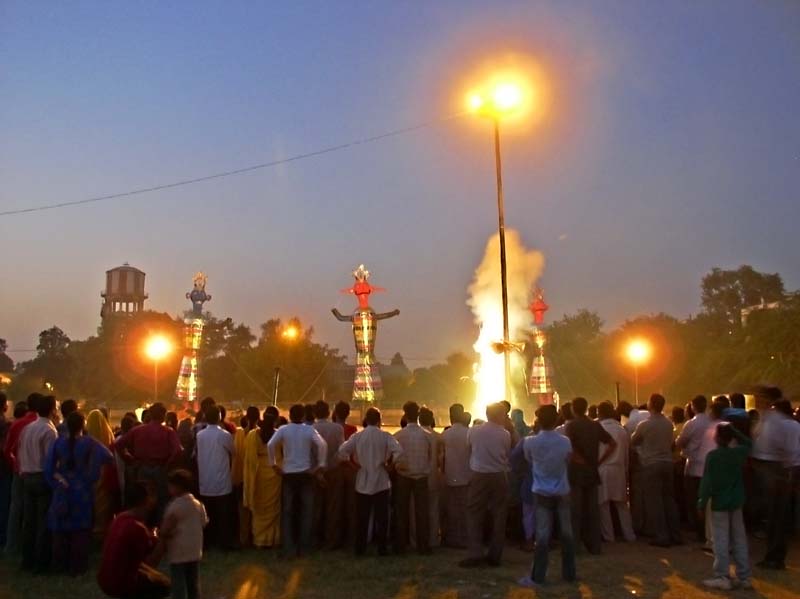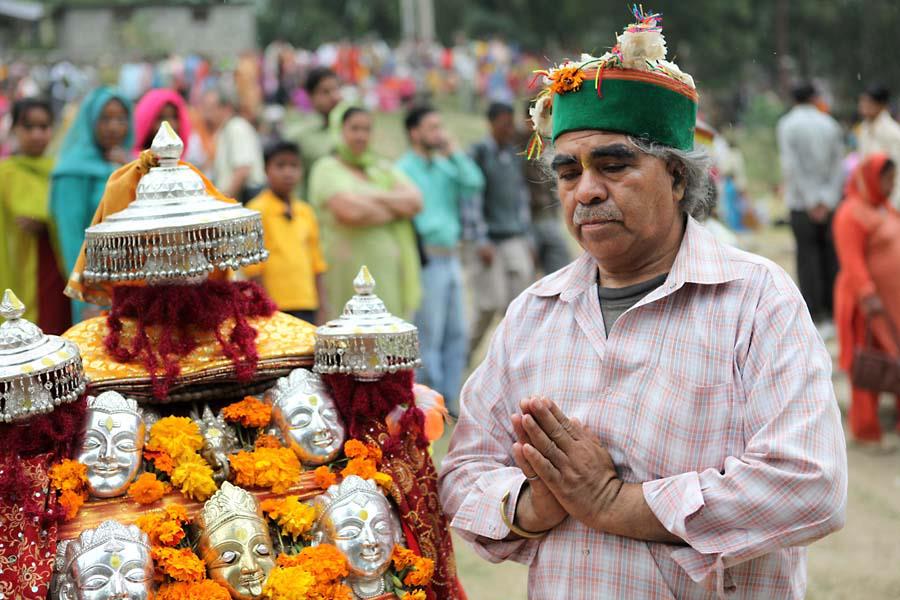Every year in October, thousands of tourists from all over the world come in crowds to India to take part in the main Hindu autumn festival, Dussehra, together with almost 1.5 billion Indians.
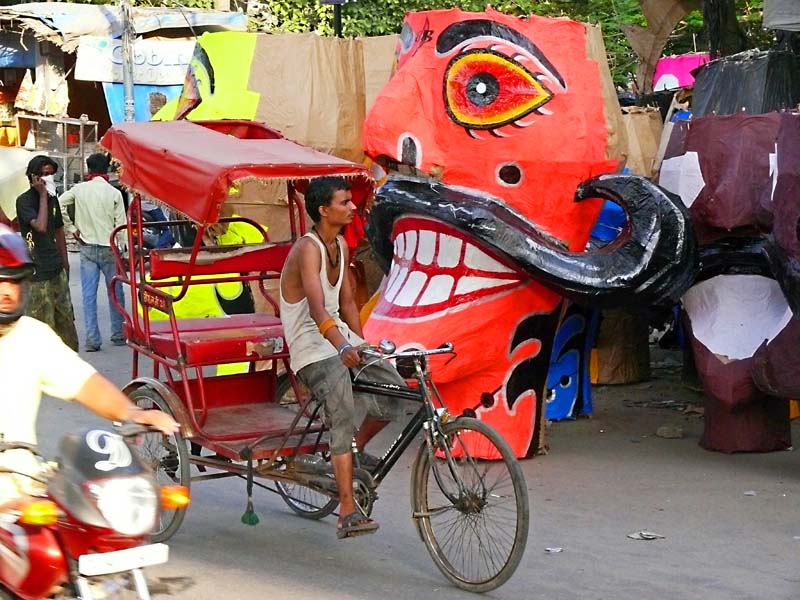
Due to the unique variety of religious beliefs, the autumn festival, crowned by Dussehra, is celebrated in each region in its own way, but its main meaning is the triumph of Good over Evil. In its classic form, Dussehra is predominantly a North Indian festival, where it is dedicated to the victory of the God-man Rama over the demon Ravan, described in the Hindu epic Ramayana, already well-known to the Russians. The effigies of three demons - the most wicked Ravan and his evil brothers - are mass-produced in the cities and villages in this part of India, that are then burned in the squares in the presence of a huge crowd of people, from ordinary people to eminent officials, even the country's top leaders. It is best to celebrate this event in the capital - Delhi - or in the holy city of Varanasi, where the most theatrical and dance performances are held showing the life of Rama.
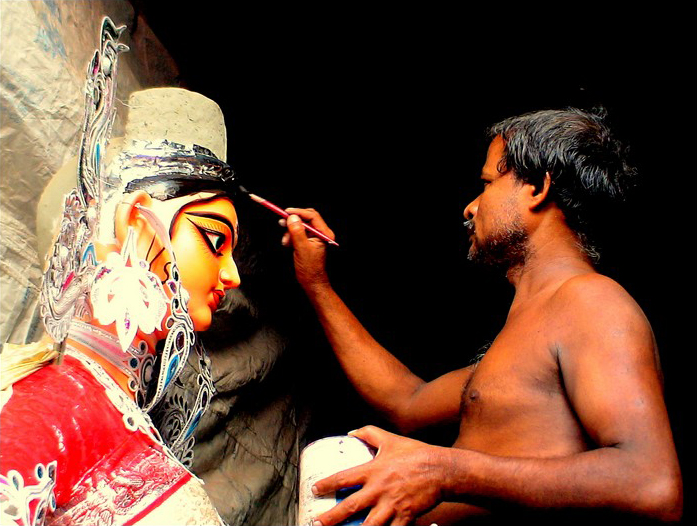
Ravan is depicted with 10 heads, each personifying a certain negative quality of the people’s character that should be eliminated: lust, anger, stubbornness, greed, vanity, jealousy, selfishness, hatred, cruelty and pride.

To mark the defeat of Ravan, towering effigies of the demon are burned throughout India, but this year, a 67-meter effigy was recognized as the largest one in the country - and even in the world! – made by the craftsmen from the village of Dhanas near Chandigarh, who hit their last year’s record of 64 meters.

It is noteworthy that in many regions, Dussehra is not connected with the epic ‘Ramayana’ at all, and during the festivities, they honor their local Gods. For example, Dussehra in Bastar in the Chathisgarh state lasts for 75 days and is often referred to as the longest festival in the world, and this tradition dates back to the 15th century. The festivities here are completely dedicated to their local Gods, all the main tribes of the region brightly dressed in their traditional costumes, participate in them, and unusual ceremonies make this local Dussehra especially intriguing. Finally, a huge 30-ton eight-wheeled chariot moves through the city driven by over 400 volunteers - mainly local villagers. Thousands of clay lamps mounted along the sidewalks illuminate the chariot's path.

The highlight of the 10-day Mysore Festival in Karnataka is a grand parade of highly decorated elephants, camels and horses, accompanied by a torchlight procession. In Karnataka, they worship the goddess Chamundeshwari (the local embodiment of the brutal Kali), who, in a sanguinary desperate battle, killed Mahishasura, the king of demons with the buffalo head.

And, of course, the idea of Dussehra would not be complete without attending a special holiday in the Himalayan Kulu Valley in the Himachal Pradesh state. Every year in October, processions with heavy palanquins decorated with luxurious fabrics, ribbons, garlands of fresh flowers flock to a traditional festival in the city of the same name. The local Gods rush to the festival ‘sitting’ in them, whose images are made of silver, bronze and brass by hereditary craftsmen. The decoration of palanquins, the wooden handles of which are often completely decorated with chased silver, is an object of pride and rivalry between the village communities. And only the select few carry these palanquins on their shoulders, for whom the opportunity to bear this difficult burden is the highest honor. The festival in Kulu lasts for several days. The fairs with swings and merry-go-rounds, circus performances, folklore actors’ shows, exhibitions and sales of handicraft products create an atmosphere of the universal celebration.
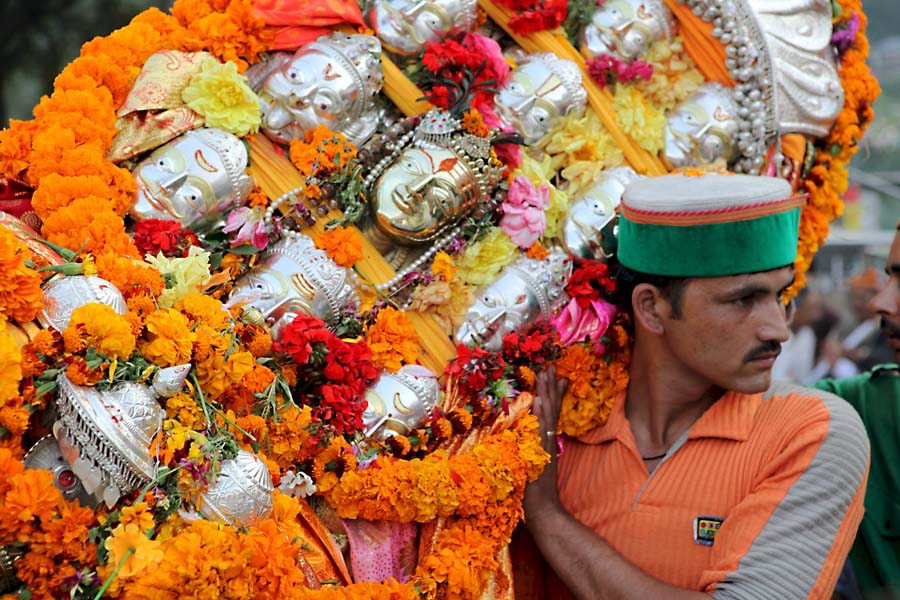
And in West Bengal, Durga Puja is celebrated at this time: the enormous statues of the highly revered Goddess Durga belonging to the Hindu Pantheon, intricately dressed up, lovingly decorated with flowers and precious fabrics, are immersed with special honors in the waters of the local water reservoirs, asking Durga for blessings and support.
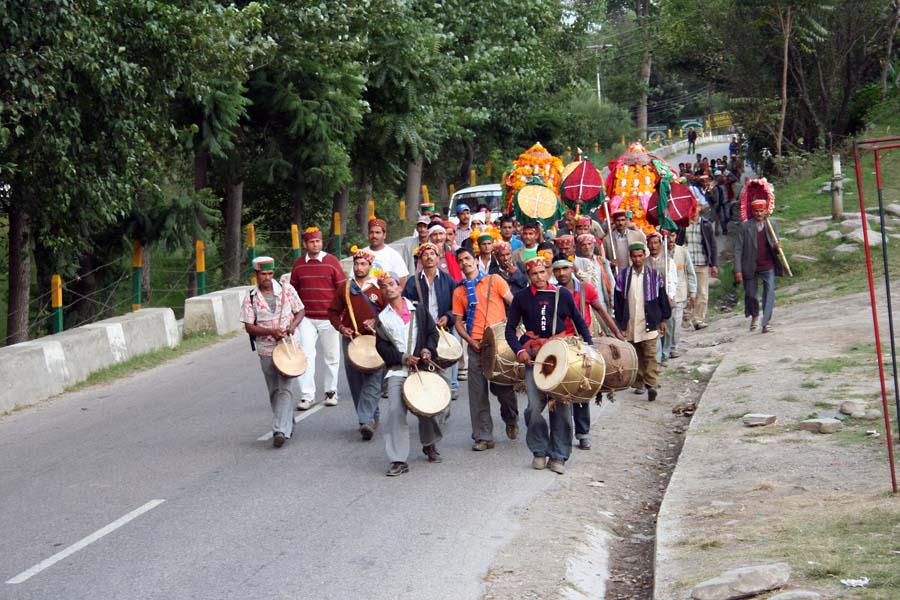
This year, Dussehra took place on October 8, the date is tied to the Lunar calendar, and that is why, it changes from year to year.
